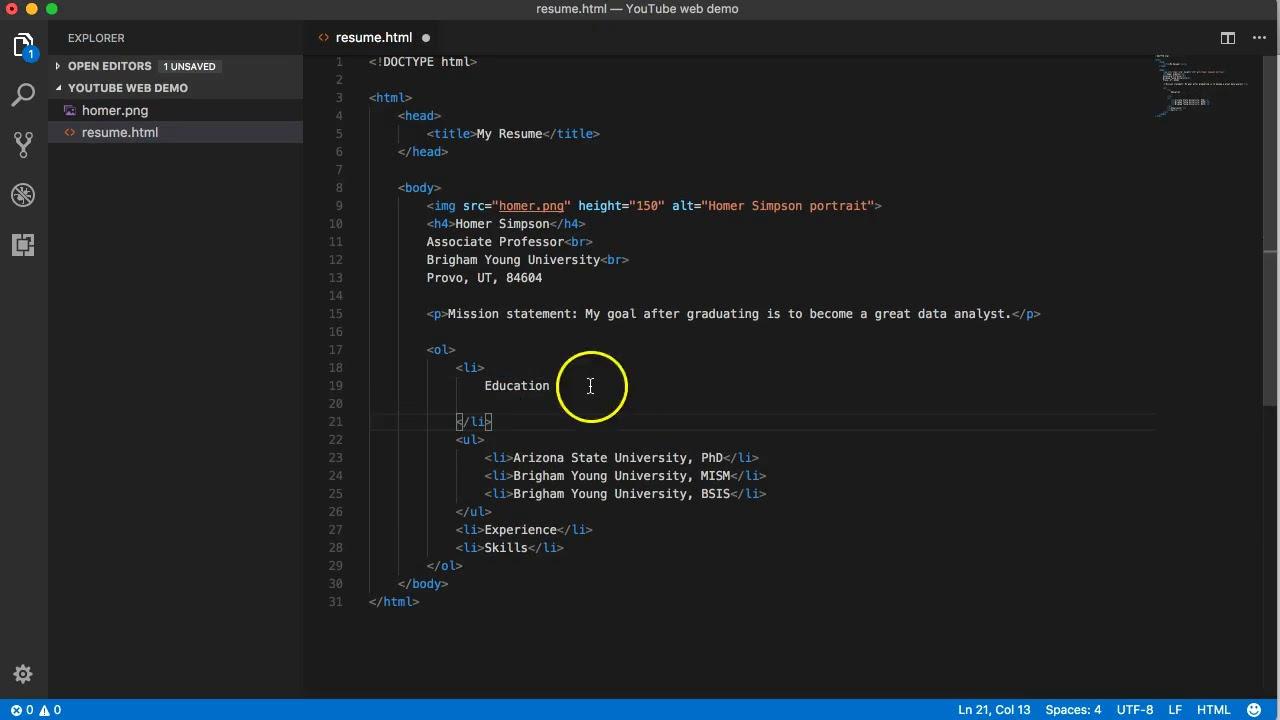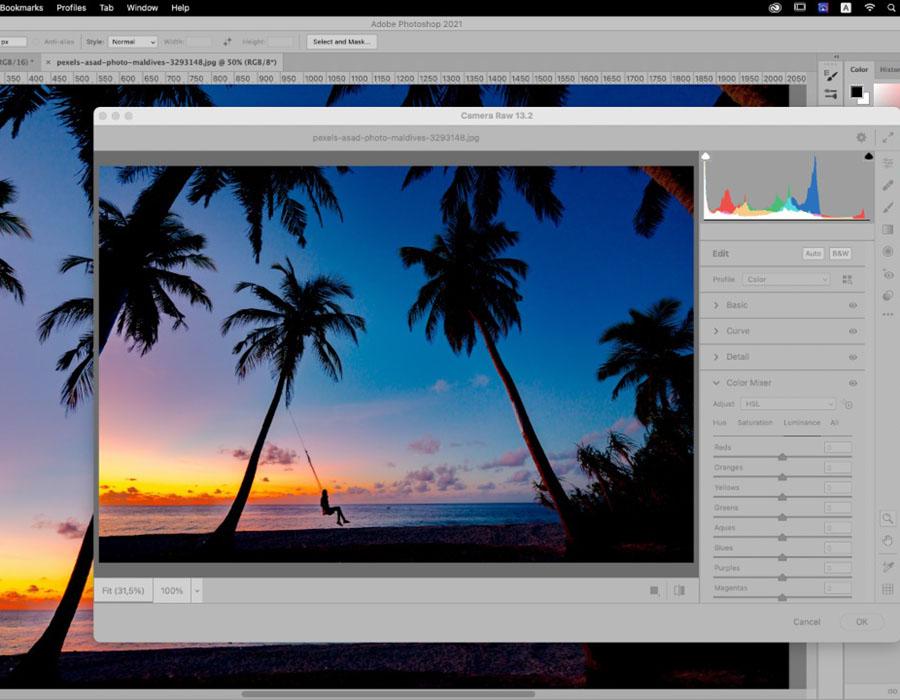Índice
In an age where visuals speak louder than words, mastering the art of image editing has become an essential skill for anyone looking to leave a mark in the digital realm. Whether you are a budding photographer, a small business owner, or simply someone who enjoys capturing life’s moments, the ability to refine your images can elevate your work from ordinary to extraordinary. In this article, we will guide you through the essentials of image editing, breaking down complex techniques into manageable steps. From understanding the basics of composition and lighting to exploring advanced editing tools, you’ll discover how to achieve professional results that captivate and inspire. Join us on this creative journey as we unlock the secrets to transforming your images with confidence and precision.
Mastering the Basics of Image Editing Techniques
Understanding the fundamentals of image editing is the key to transforming ordinary pictures into stunning visuals. Start with the crop tool to enhance composition; it helps to focus on the subject and remove distractions. Next, explore exposure adjustments, allowing you to brighten dark images or tone down overly bright areas. Pay attention to the color balance; making subtle changes can drastically alter the mood of your image. Here are essential techniques that serve as a solid foundation for any editing project:
- Cropping: Refine the frame to draw attention.
- Adjusting Exposure: Control light levels for balance.
- Color Correction: Enhance or alter hues for impact.
- Sharpening: Clarify details to improve quality.
A reputable image editing program can simplify this process, ensuring you have the right tools at your fingertips. Experimenting with different filters can add unique flair to your images, but use them judiciously to maintain a professional look. Below is a quick reference table to help you understand common effects and their applications:
| Effect | Application |
|---|---|
| Black & White | Creates dramatic, timeless images. |
| Blur | Draws focus to a specific area. |
| Vignette | Softens edges to enhance the center. |

Exploring Essential Tools for Stunning Visual Enhancements
Unlocking the potential of image editing requires a blend of the right software tools and creative techniques. For those looking to elevate their visuals, consider leveraging popular editing applications such as Adobe Photoshop, Lightroom, or GIMP. Each of these programs offers unique features aimed at enhancing your images. Key functionalities include:
- Layering: Allows for non-destructive edits, making it easy to adjust elements without losing the original image.
- Color Correction: Tools for adjusting brightness, contrast, and saturation to achieve a balanced image.
- Filters and Effects: Pre-set styles that can dramatically change the mood and texture of your photos with a few clicks.
Complement these software tools with plugins and extensions that can further refine and enhance your creative output. For those utilizing Photoshop or Lightroom, plugins like Nik Collection and Portraiture can add professional touches quickly and efficiently. Here’s a quick comparison of a few notable options:
| Plugin Name | Primary Use | Key Feature |
|---|---|---|
| Nik Collection | Filters & Effects | Advanced Color Grading |
| Portraiture | Skin Retouching | Smart Skin Smoothing |
| Topaz Labs | Noise Reduction | AI-Powered Enhancements |

Tips for Achieving Professional-Quality Results
To elevate your image editing skills, start by honing your understanding of lighting and color correction. The right exposure can turn a mediocre photograph into a breathtaking piece of art. Experiment with tools like curves and levels to adjust contrast and brightness. Utilize color balance settings to achieve natural tones; this will greatly enhance the overall appeal of your images. A few tips to keep in mind include:
- Use natural light: Whenever possible, rely on soft, diffused natural light for your shots.
- Stay consistent: Maintain a cohesive color scheme throughout your work to create a professional portfolio.
- Practice makes perfect: Experiment with different styles and techniques until you find the ones that resonate with you.
Another essential aspect is mastering the art of layer management and masking within your editing software. Layers offer the ability to edit non-destructively, allowing you to experiment without the fear of ruining the original image. Use masks to isolate specific areas for adjustments, making intricate edits while preserving quality. Here’s a quick reference table for effective layer techniques:
| Technique | Description |
|---|---|
| Adjustment Layers | Apply effects selectively and allow easy modification. |
| Layer Masks | Hide or reveal portions of layers without losing data. |
| Smart Objects | Edit images while preserving the original quality. |

Common Mistakes to Avoid in Your Editing Journey
Editing can be a rewarding but challenging process, and it’s easy to fall into common traps that hinder your progress. One frequent mistake is overdoing adjustments, which can lead to images looking unnatural or overly processed. Instead of enhancing the photo, excessive filters or corrections can strip it of its original character. To maintain the integrity of your images, aim for a more subtle approach. Focus on making adjustments that complement the subject rather than overshadow it. Remember to step back objectively and assess whether your changes enhance the image or detract from its authenticity.
Another pitfall to watch out for is neglecting the importance of consistent style across your work. Even if each image is compelling on its own, when viewed together, significant discrepancies in editing can create a disjointed collection. Use a defined color palette, similar lighting conditions, and consistent cropping techniques to unify your images. Additionally, not utilizing layers and non-destructive editing methods can limit your flexibility. Embrace these powerful tools to give yourself room to experiment without risking your original images. Understanding these common errors can make a profound difference in your editing journey.
Key Takeaways
As we conclude our journey through the intricacies of image editing, it’s clear that mastering this art is not just about acquiring technical skills; it’s about unleashing your creativity and transforming your vision into reality. With the step-by-step techniques and insights shared in this article, you’re now equipped to tackle any image with confidence and finesse. Remember, each edit is an opportunity—an opportunity to tell a story, evoke emotion, or captivate an audience.
So, dive into your projects, experiment fearlessly, and let the nuances of image manipulation enhance your artistic expression. Whether you’re a novice exploring the realms of digital art or a seasoned pro refining your craft, the power to create stunning visuals is within your reach. Embrace the process, learn from each experience, and watch as your images come to life in ways you never imagined. Happy editing!
